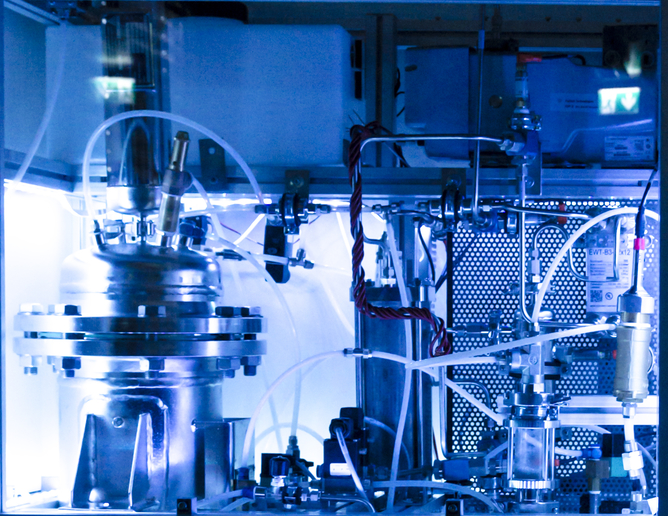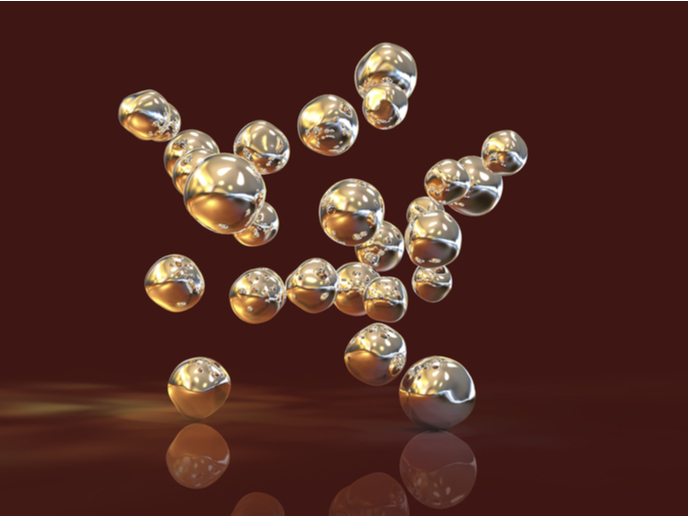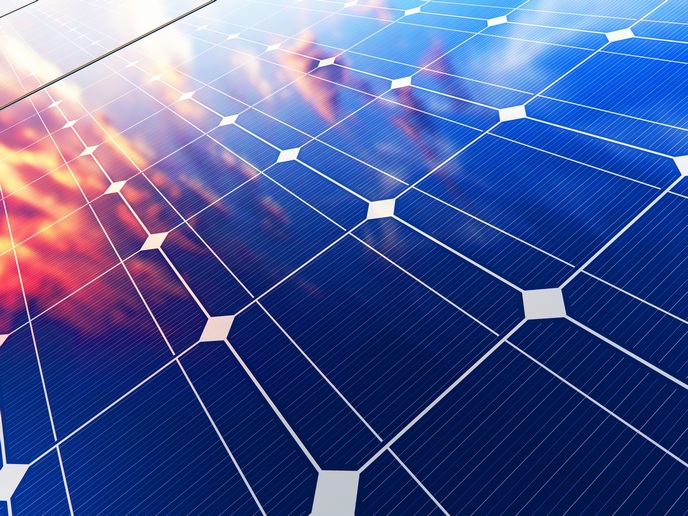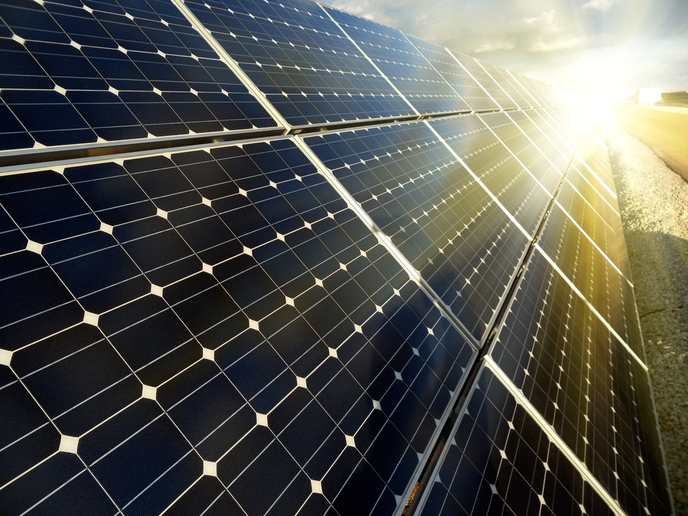Breaking through the solar energy efficiency barrier
Solar energy systems, arrays of photovoltaic (PV) cells that harvest the Sun's energy to produce electricity, can now be seen on solar farms and rooftops across Europe. Although the technology has advanced tremendously in recent years, truly mass-scale uptake is awaiting a breakthrough leading to significantly enhanced energy conversion efficiency and substantially reduced costs. One of the most promising ways to enhance efficiency is through the use of multi-junction solar cell heterostructures of cascaded materials. However, these are limited by requirements related to matching crystal lattice structures between compounds used. Scientists working on the EU-funded project AMON-RA made impressive progress towards demonstration of a new solar cell architecture based on semiconductor nanowires. The nanowire self-assembly and growth process is relatively insensitive to the variability in distance between units in a crystal lattice (measured by the lattice constant). This opens the door to use of a variety of novel multiple-compound semiconductor materials with different lattice constants that previously were off limits, as well as to simple and cost-effective production on silicon substrates. Extensive modelling work enabled simulations of nanowire PV cells and elucidation of the light-capturing mechanisms of nanowire arrays. Developments in nanowire growth, PV cell process technology and associated measurement techniques resulted in demonstration of a nanowire PV structure with remarkable efficiency. Thanks to the ability to harvest unprecedented amounts of energy from the solar spectrum, development and optimisation of PV nanowire technology delivered by AMON-RA has the potential to enable efficiencies far exceeding anything reported so far. Low-cost manufacture on silicon substrates would reduce manufacturing and initial investment costs as well.







